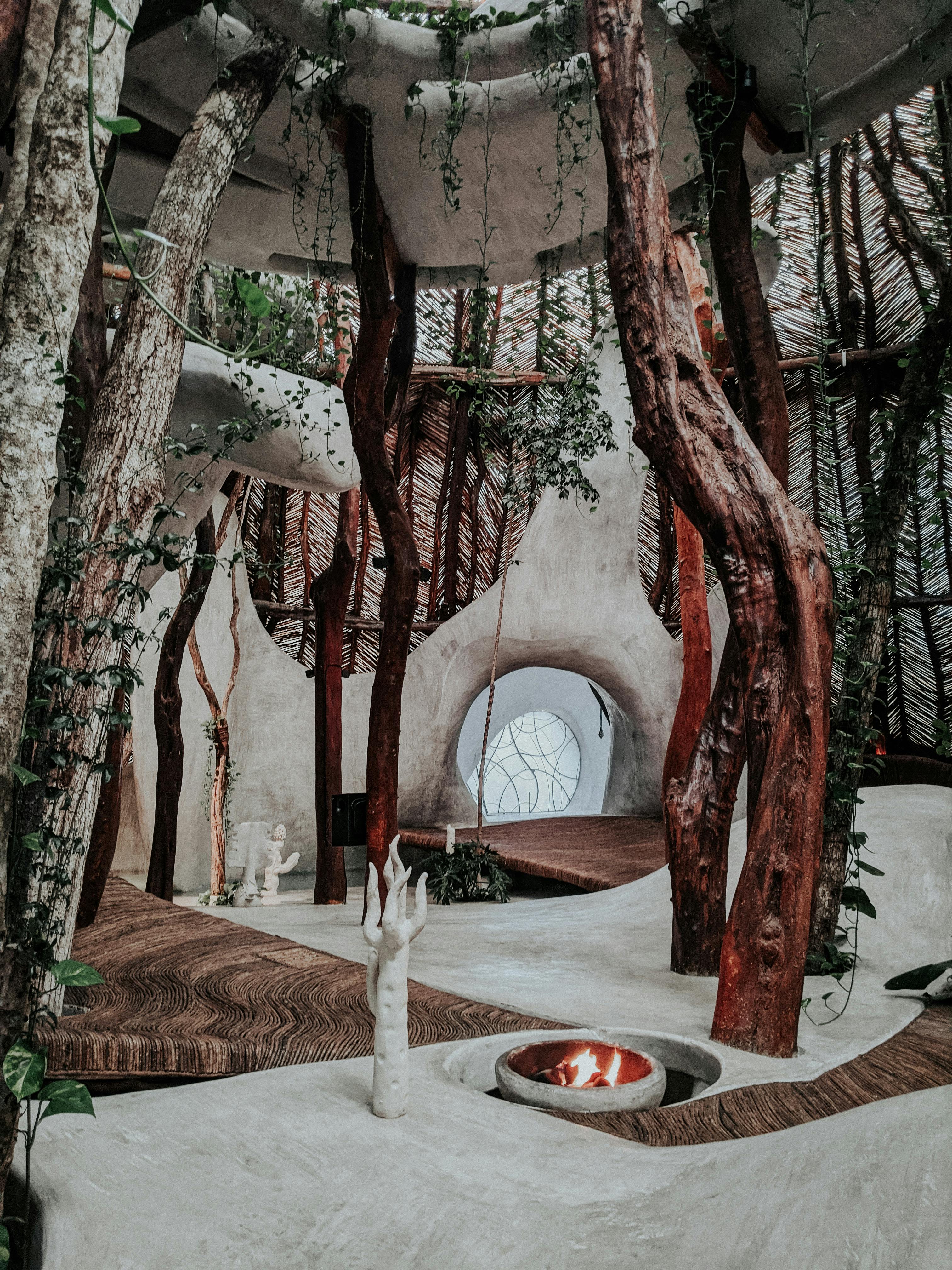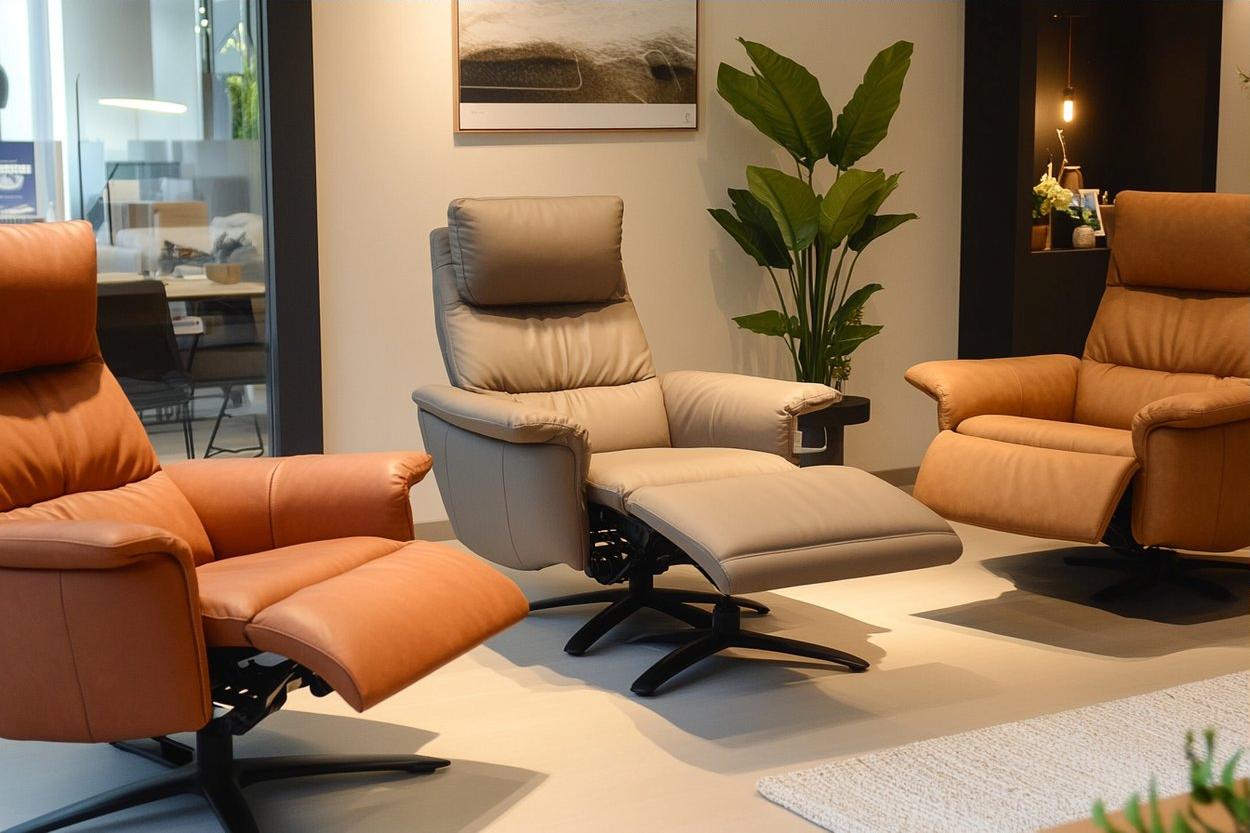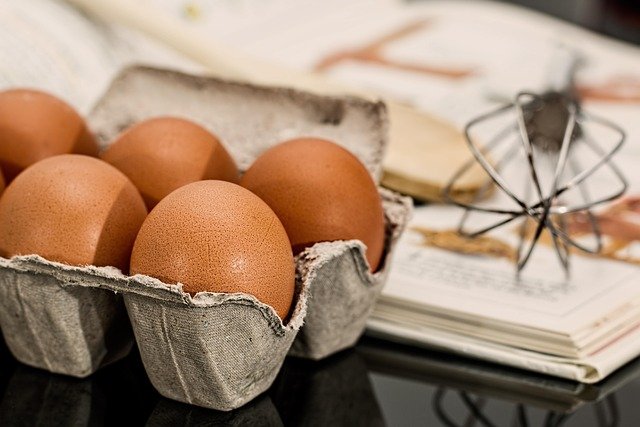Micro-Bonsai: The Art of Miniature Desktop Forests
Imagine a lush, intricate forest landscape, complete with towering trees, winding paths, and delicate foliage – all contained within a thimble-sized pot on your desk. This is the captivating world of micro-bonsai, a burgeoning trend that's capturing the hearts of plant enthusiasts and design aficionados alike. As we delve into this fascinating fusion of horticulture and artistry, prepare to discover how these tiny trees are making a big impact in home and office spaces.

The practice draws inspiration from the Japanese concept of mame, which translates to bean or pea, reflecting the diminutive size of these horticultural marvels. As urban living spaces have become increasingly compact, the appeal of micro-bonsai has grown, offering a way to bring nature indoors without sacrificing precious square footage.
Selecting the Right Species
Not all tree species are suitable for the micro-bonsai treatment. The most successful varieties are those with naturally small leaves and a propensity for dense growth. Popular choices include:
-
Serissa japonica (Snow Rose)
-
Operculicarya decaryi (Jabily)
-
Portulacaria afra (Dwarf Jade)
-
Ficus microcarpa (Chinese Banyan)
-
Carmona microphylla (Fukien Tea Tree)
These species not only tolerate extreme pruning but also possess the ability to develop intricate branch structures and root systems within confined spaces. The key is to select trees that can maintain their proportions and health at a fraction of their natural size.
Techniques and Tools of the Trade
Creating and maintaining a micro-bonsai requires a delicate touch and specialized tools. Bonsai enthusiasts often use:
-
Micro-pruning scissors
-
Miniature wire cutters
-
Tweezers for precision work
-
Magnifying glasses for detailed shaping
The cultivation process involves careful root pruning, branch wiring, and leaf reduction techniques. Growers must pay meticulous attention to soil composition, using a mix that provides adequate nutrition while preventing waterlogging in tiny pots. Watering becomes a precise science, often requiring the use of pipettes or misting systems to avoid over-saturation.
The Aesthetic Appeal of Miniature Landscapes
Micro-bonsai offers a unique aesthetic that goes beyond traditional plant decor. These miniature trees serve as living sculptures, each one a testament to the grower’s patience and artistic vision. Their small scale allows for creative display options, from custom-built terrariums to multi-tiered arrangements that create the illusion of a forest in microcosm.
Designers are incorporating micro-bonsai into various settings:
-
Office desks as stress-reducing green accents
-
Minimalist home interiors as focal points
-
Restaurant tables as conversation-starting centerpieces
-
Boutique hotel rooms as elements of biophilic design
The visual impact of these tiny trees is often disproportionate to their size, drawing the eye and inviting closer inspection. Their intricate details and perfect proportions create a sense of wonder, offering a momentary escape into a miniature world.
Challenges and Considerations
While the allure of micro-bonsai is undeniable, it’s important to note the challenges involved in their cultivation. The reduced soil volume means that these trees are particularly sensitive to changes in temperature, humidity, and watering schedules. Overwatering or underwatering can have rapid and dramatic effects on such small specimens.
Additionally, the confined root space means that micro-bonsai require more frequent repotting and root pruning than their larger counterparts. This intensive care regimen can be daunting for beginners, but many enthusiasts find the process meditative and rewarding.
The Future of Micro-Bonsai in Interior Design
As the trend continues to gain traction, we’re seeing innovative applications of micro-bonsai in interior design. Some forward-thinking concepts include:
-
Integrated micro-bonsai displays in furniture pieces
-
Smart pots with built-in sensors for optimal care
-
Micro-bonsai as living jewelry or wearable art
-
Collaborative community spaces for micro-bonsai cultivation and education
The fusion of technology with this ancient art form is opening up new possibilities for both seasoned practitioners and curious newcomers. As our living spaces continue to evolve, micro-bonsai stands poised to offer a unique blend of nature, art, and mindfulness in even the most compact environments.
In conclusion, micro-bonsai represents a fascinating intersection of horticultural skill, artistic expression, and interior design. These tiny trees offer a way to bring the serenity and beauty of nature into our lives, regardless of space constraints. As we continue to seek connections with the natural world in our increasingly urban environments, micro-bonsai provides a small but powerful reminder of the wonder that can be found in the tiniest of landscapes.





